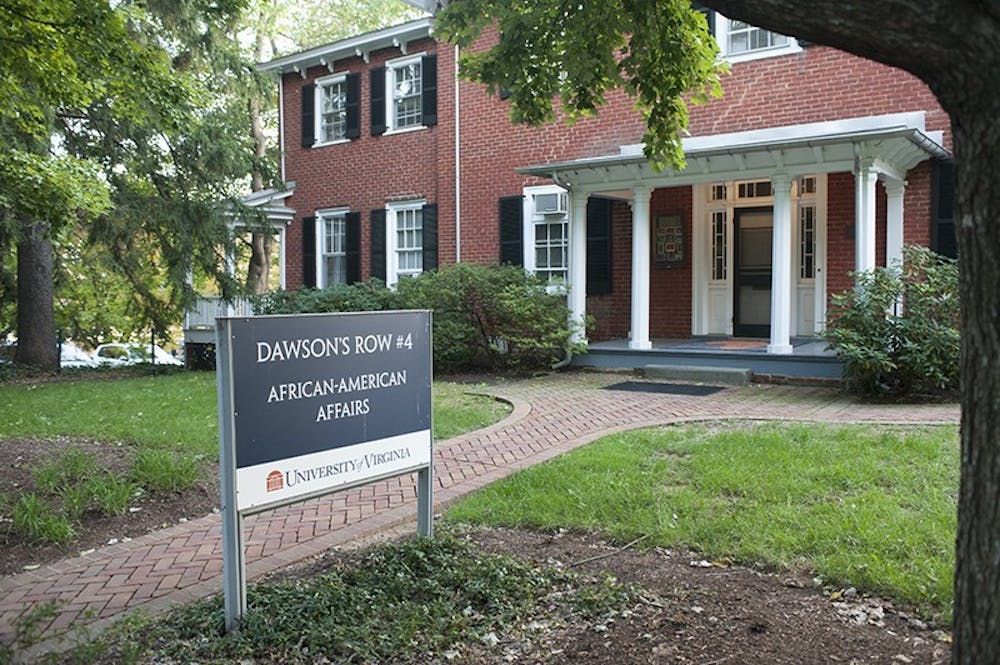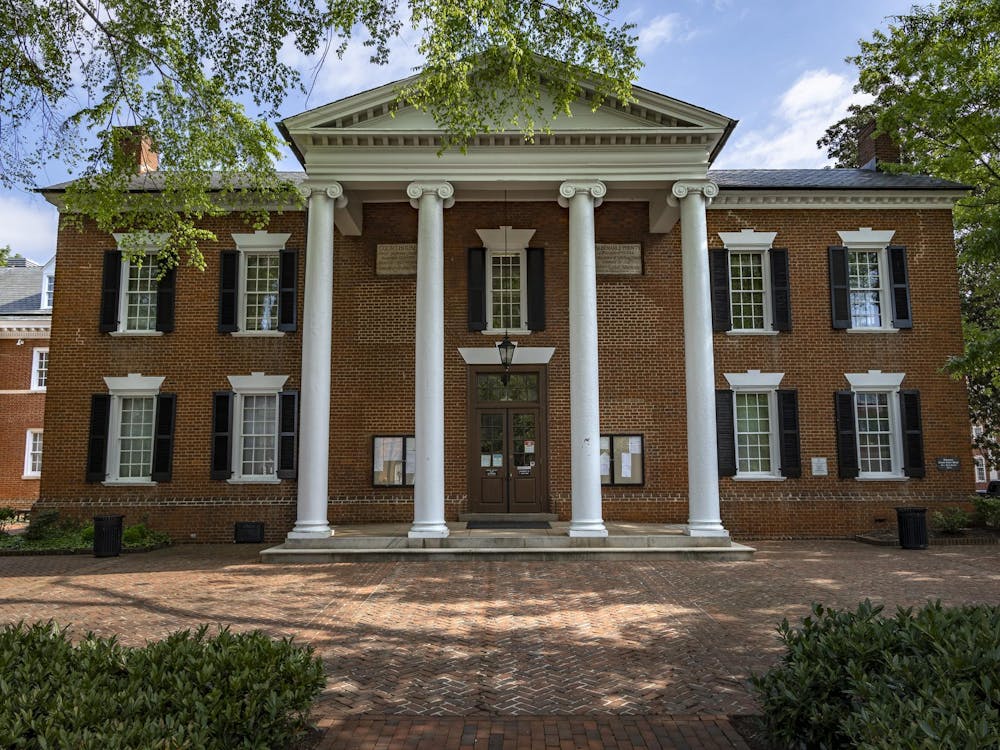I would not be surprised to find out that the majority of University students and alumni do not know what OAAA is. As an African American student getting ready to come to U.Va. a few years ago, I received multiple emails from the Office of African-American Affairs encouraging me to stay in touch and get involved. However, I assume the other 93 percent of students at the University do not have the pleasure of automatically being included in the festivities. OAAA is an essential part of many students' experience at the University and its physical space is deserving of an upgrade — if they want one.
In 2020, there were four new and upgraded centers added to Newcomb Hall. The Multicultural Student Center got a new headquarters on the second floor — a sure upgrade from the underground office they had prior — and the LGBTQ Center was moved to a nice gathering place on the third floor of the building. In addition to this, a Latinx Student Center and Interfaith Center were new installations. So, why is OAAA being kept in New Cabell’s backyard? It can, on the one hand, be nice to feel like there is a secret gathering place just for Black students. However, keeping OAAA in a building that is tucked away and seemingly hidden feels like an addition to the University’s long history of oppressive behaviors — even if that was not the intention.
The Office of African-American Students formally opened in 1977 after a series of controversies involving former University President Frank Hereford’s involvement with Farmington Country Club. Given the time, African American students had to demand an office dedicated to helping them succeed at the University. In 1975, the Black Student Alliance drafted the “Proposal For The Establishment of an Office of Minority Affairs At The University of Virginia” and subsequently marched to Frank Hereford’s Carr’s Hill residence demanding that their needs be met. Given the heat he was currently receiving for his involvement with the white-only country club, extra pressure was put on Hereford to accomodate students of color.
OAAA has a long history of fostering community between Black students and faculty. Most recently, the organization put on a series of events for Black History Month called A Time for Saints: Black Bottom Saints. They also have many ongoing initiatives including the Peer Advisor Program, which helps Black first-year and transfer students more easily make their transition to life at the University. Even more extensive is their GradSTAR Initiative, which fosters academic success and leadership development for undergraduates through three programs — Raising-the-Bar, The OAAA Mentoring Program and Pathways: Pre-Professional Advising. Their main mission is to create an environment which supports Black students while increasing the receptivity of the University community as a whole to the needs, interests and culture of Black students.
It is important to note that while The Office of African-American Affairs does put a priority on Black students at the University, its mission has space for all students. Their events and programs are geared towards Black students to help them transition to some of the realities we may face as a minority at the University, but those initiatives are open to all. They work to promote diversity, not self-segregation. One of their main priorities is encouraging Black students to get involved in the many clubs and organizations at the school and find where they may fit in. Though OAAA has missions that include all students, it is still a safe space for Black students to gather at a school where it is easy for us to feel misplaced.
The Office of African-American Affairs is split between two main buildings of historical significance. The first of note is the Luther Porter Jackson House — also known as Dawson’s Row #4. It does not explicitly hold any significance in African American history, as it was the first building on Grounds built for religious purposes at the request of General John Hartwell Cocke, a member of the Board of Visitors. However, the second building has much closer connections to OAAA. The Luther Porter Jackson Black Cultural Center House — also known as Dawson’s Row #3 — used to be James Monroe’s slave quarters for his home on Monroe Hill, according to oral accounts.
If an argument to not move OAAA is the significance of the historical buildings, I ask why not have multiple points of interest for the office? It is very plausible to turn the two buildings into points of interest related to the school’s history of race relations at the school, much like the Memorial to Enslaved Laborers. I personally believe housing OAAA in one building that used to be slave quarters and another with zero historical significance to Black people is disparaging. And while it is like a nice hideaway, I think some students would appreciate having a space that isn’t so cramped compared to others. So, let’s get a new headquarters — preferably not one that looks like it landed in the middle of a parking lot. If not to be put in a more prominent, accessible spot, then substantial upgrades to the buildings themselves are necessary.
Aliyah D. White is an Opinion Columnist for The Cavalier Daily. She can be reached at opinion@cavalierdaily.com.
The opinions expressed in this column are not necessarily those of The Cavalier Daily. Columns represent the views of the authors alone.







